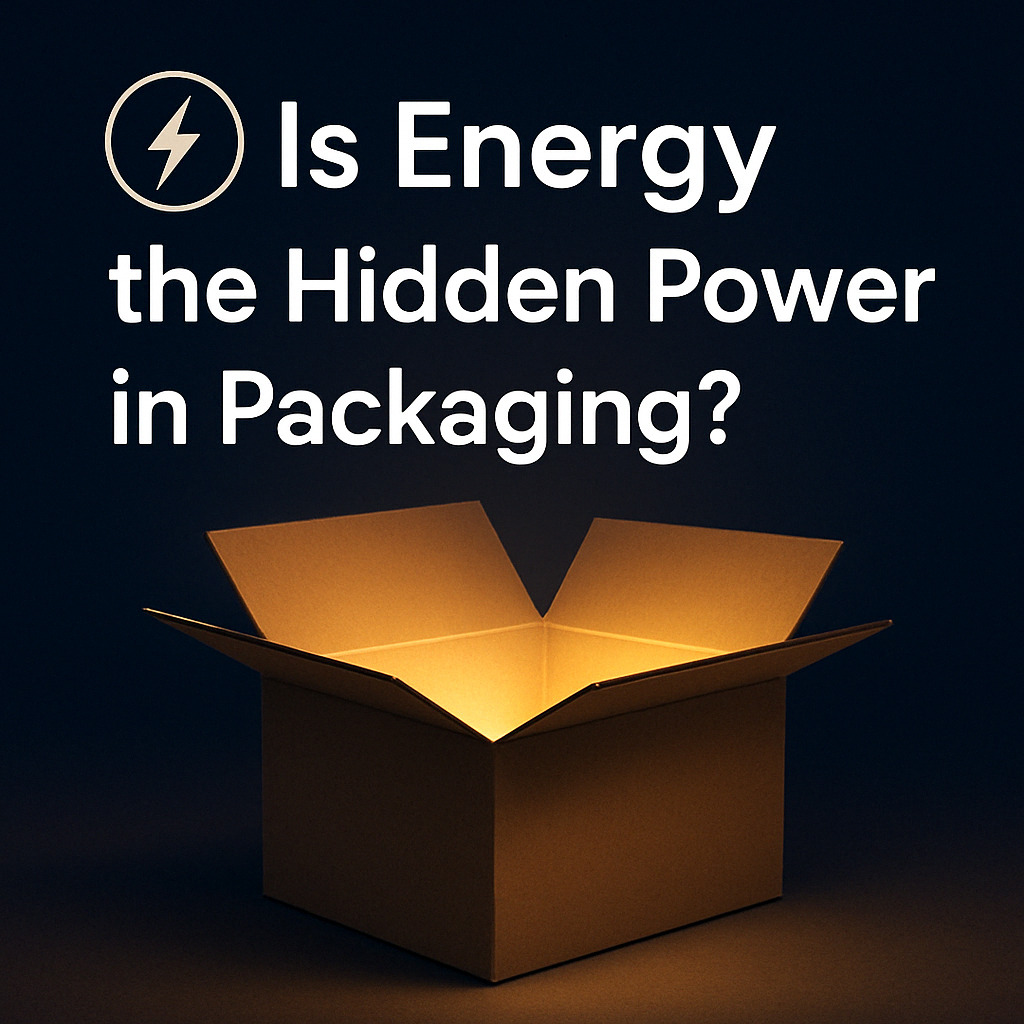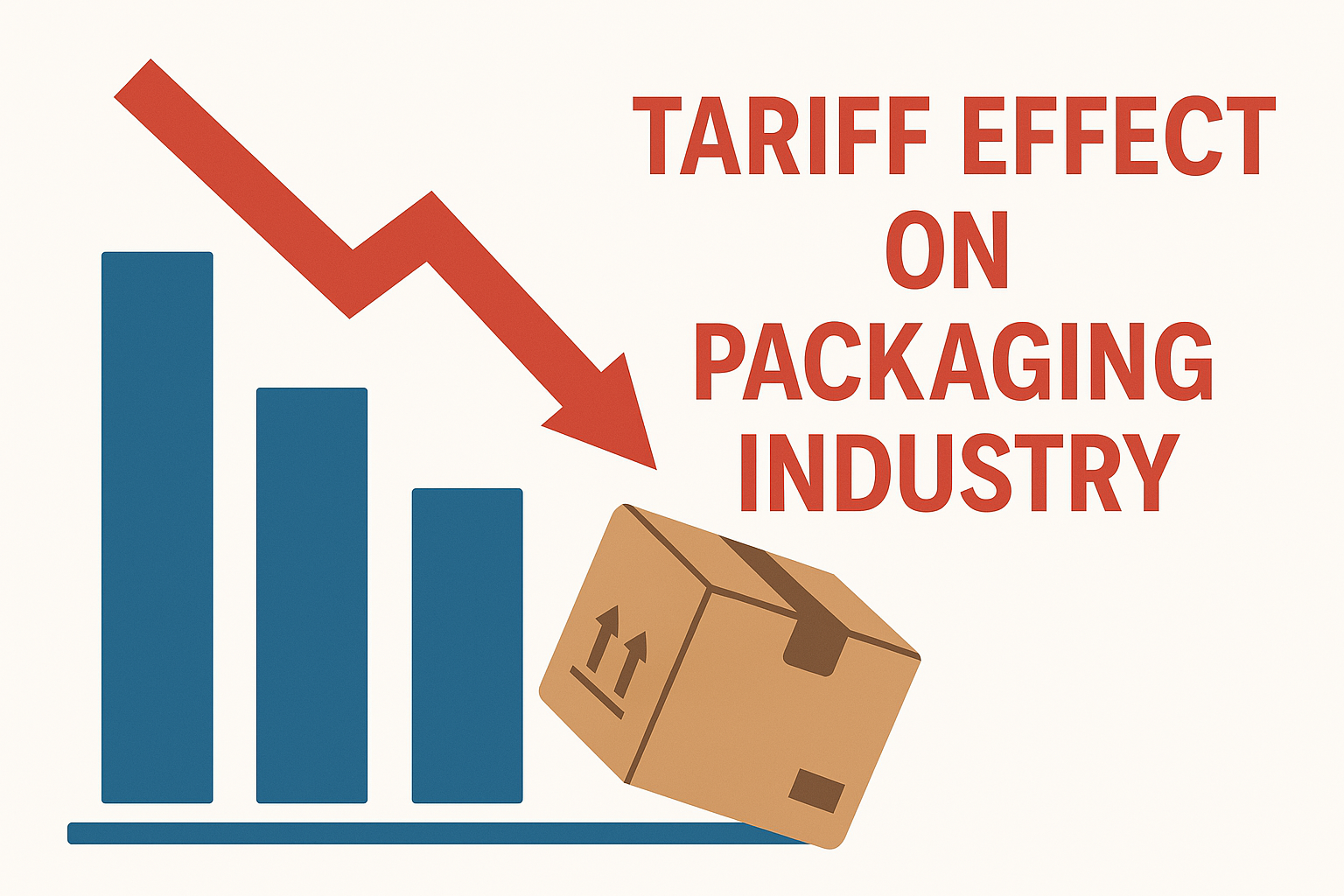
On January 17, 2024, TOMRA and Aarhus, Denmark embarked on a journey together to pilot a city-scale platform for reusable takeaway packaging, starting with coffee cups and glasses. The three-year pilot project set out to establish a proof-of-concept that could demonstrate the feasibility and benefits of a city shifting from single-use to reusable takeaway packaging – and what would be needed to develop this further on a larger scale.
“It has been a lot of hard work and we’ve gained many learnings throughout the year – but this is the nature of building new solutions from the ground up. I would highlight two key success factors: the great collaboration we have with Aarhus Municipality, who has really leaned in to innovate and co-create with us – and secondly, the way baristas and restaurant staff are stepping up to educate and convince people to choose REUSEABLE. We will continue our efforts to make it even easier, attractive, and convenient to use our system,” said Geir Sæther, Head of TOMRA Reuse.
How it works
The system implemented in Aarhus, branded as REUSEABLE, has focused initially on the use of reusable cups which are available to consumers as an alternative option to single-use cups when purchasing takeaway drinks at cafés and quick-serve restaurants in the city. Consumers opting for a reusable cup pay an additional deposit of 5 DKK (EUR 0.67) when purchasing a beverage, and this deposit is digitally refunded to the consumer when they return the cup at one of the automated collection machines located throughout Aarhus.
User experience drives adoption
The results of the pilot after one year of operation are very encouraging. In a survey of Aarhus residents conducted by Aarhus Municipality in conjunction with Epinion,* the majority of users have indicated that they are satisfied with the system overall.
Additionally, the survey shows that residents who use REUSEABLE more than occasionally tend to be more satisfied with the system compared to citizens who have only used the system once or a few times. The tendency for satisfaction to increase the more frequently the system is used suggests that the added effort of returning the packaging to a collection point (compared to disposable packaging) is not in itself a hindrance to successful adoption of the system.






